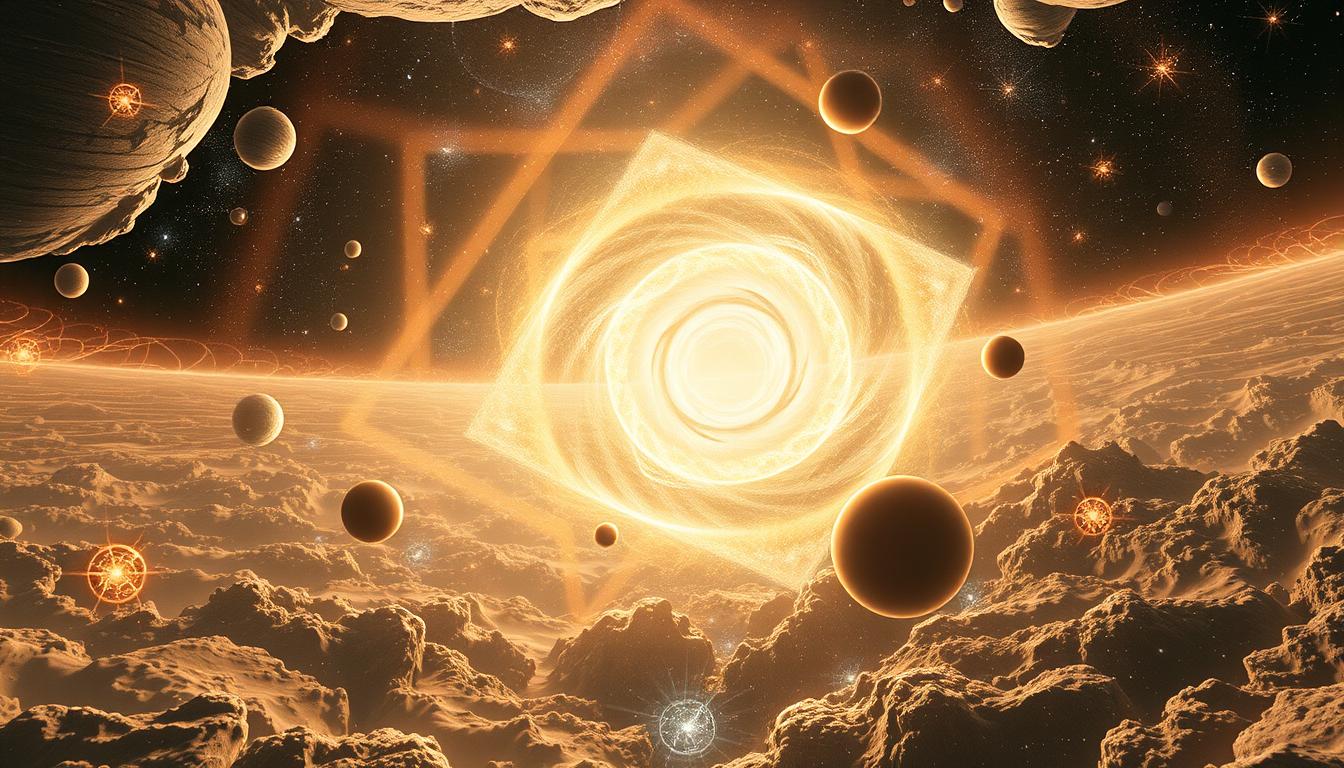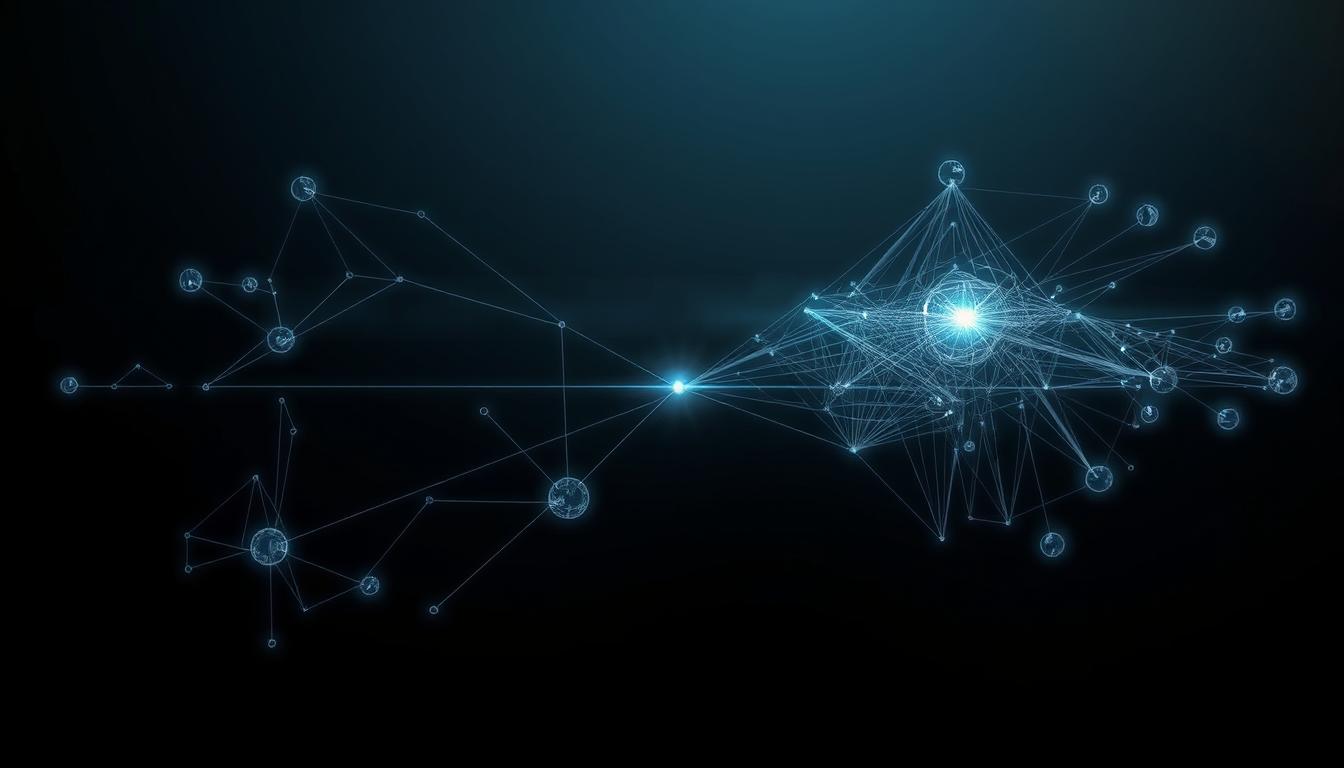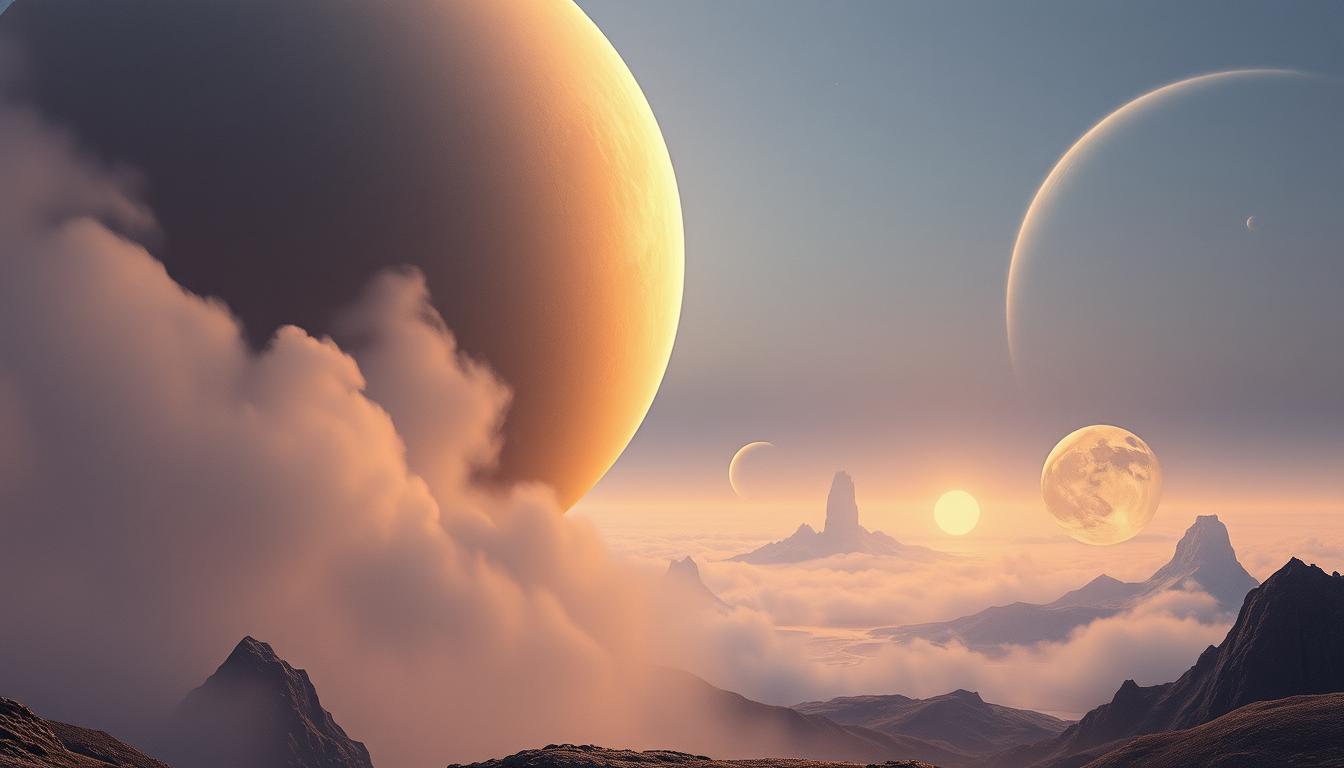Most science fiction movies and TV shows focusing on stuff in space mention alternate realities, multiverses, and bubble universes. These are interesting topics that are quite different from each other (although many think they’re the same). But the allure is the thought that there is another version of you somewhere else. Today, I’d like to focus on the alternate reality and discover what is alternate reality. It’s an exciting topic, but we rarely get to the bottom of its science. The book (and later show) “Dark Matter” did an exceptional job of portraying this. Definitely recommend it.
Check this article out, too: What is Beyond the Observable Universe?
So, what is alternate reality? It’s the idea that there are other versions of reality out there. Realities that sit alongside ours like invisible roommates. You can’t see, poke, or text them, but they might still exist. Scientists suggest that on subatomic level, every decision branches into a new universe. This is not just a theory; it’s coming from quantum physics and quantum mechanics. Some other theories, like string theory, also support this.
Think of it like a cosmic choose-your-own-adventure. Take that job offer you declined. Somewhere, another “you” might be living that path. The Many-Worlds Interpretation proposes infinite realities that happen simultaneously. Could multiple versions of us truly exist?

Defining Alternate Reality: What Does It Mean?
What is alternate reality? It’s basically the idea that there might be another version of the universe with small or massive differences. Maybe in another version of reality, dinosaurs never went extinct. Or you never skipped leg day. Or gravity works sideways. Imagine a library full of the lives you could have had. Every single possible decision you could have taken spawned another book, another life.
The main idea for this comes from quantum mechanics. In quantum mechanics, at the subatomic level, particles can exist in a superposition (position of being at multiple states at once). When something or someone observes this particle, it collapses into a single position (one of the many possible options). Quantum mechanics says that the observer sees only one possibility every time a particle is observed. The other possibilities spawn new universes where they also happen.
All this is at the subatomic level. We don’t know how much of this applies to the bigger scale. In essence, if this can be applied to the bigger states of particles (like us, humans, galaxies, stars, etc.), it means that every quantum event, every single decision from the beginning of the universe, spawned another reality, another universe. Imagine if one star moved to the left instead of right a few billion years ago, this created another universe. There is a universe where you pick up the 2.7% fat milk instead of the 1.4% fat one.
Alternate Reality vs. Parallel Universe: Key Differences
All the different names can get confusing. We tend to think that all these ideas that there are other universes are the same ideas, but they are not. Alternate reality is a completely different concept from parallel universes (aka the multiverse).
A parallel universe usually means an entirely separate universe. Like another bubble floating next to ours. Different laws of physics, different constants. On the other hand, an alternate reality is more like a mixture of our own original universe. It’s still “our” universe, with different possibilities playing out and creating more universes. Take the milk example. Taking the 2.7% fat milk could lead to huge changes in your life, but it’s still tied to the moment you picked up that milk; everything before is the same. Think of it as forks in a road (alternate) versus entirely separate highways (parallel).
Common Misconceptions About Alternate Realities
Let’s clear the air before we go further. Alternate realities are not about teleporting into a universe where you’re suddenly a millionaire astronaut rockstar with a pet dinosaur (there is probably a reality where that happened). One big misconception is that alternate realities are “real” in the same way our reality is. Science doesn’t claim that. These are hypotheses. Possibilities. They are things we can theorize about but haven’t observed directly. Yet. As I said before, we only know this happens on the subatomic level, and even that is a bit skeptical.
Another myth is that alternate realities are always better or worse versions of our own. That’s very Hollywood. In theory, an alternate reality could be almost identical to ours. Same socks, same cereal, just a single photon somewhere decided to zig instead of zag. They’re also not sci-fi portals or time-travel loopholes. We can’t access them even if they exist. In the book “Dark Matter”, they access them with an exciting concept. However, I am not sure how that would hold up in reality.

The Science Behind Alternate Realities
Alternate realities aren’t just fun thought experiments. They are mainly based on scientific calculations at the subatomic scale that say that it is possible. However, there isn’t just one theory; there are several. Each is essentially talking about the possibility of these realities, but in a different manner, like the Many-Worlds Interpretation. In essence, they emerge from the laws of nature. The challenge is to find proof of these on a larger scale and approve the science behind it, which is highly unlikely now.
Many-Worlds Interpretation: Splitting Universes at Every Decision
This is the main theory that the alternate realities I’ve been talking about are dependent on. It’s based on quantum mechanics. It says that every time a quantum event happens, reality splits into multiple versions, with each possible event actually happening. Each possibility exists in its own reality, and they all keep going independently.
You’ve probably heard of Schrödinger’s cat, alive and dead simultaneously. Until you open the box, the cat is in a superposition, and the moment you open it, you see one possible position, and another universe is created where the other position happened. Physicist Hugh Everett argued these splits aren’t metaphorical but literal universes.
String Theory and the Multiverse Hypothesis
String theory tries to explain everything in the universe as tiny vibrating strings instead of point-like particles. One side effect of the math is that it allows for extra dimensions. These “branes” (short for membranes) might collide, creating new universes like bubbles in a foam. Think of it as a cosmic game of bumper cars. When branes smash, they release energy, potentially igniting Big Bangs elsewhere.
In those extra dimensions, there could be completely different universes with their own versions of reality. This idea feeds into the multiverse hypothesis, which says our universe might be just one of countless others. But keep in mind that this theory says that the universe was created with the possibility to randomly create universes, not based on possibilities. There are just other universes with unknown characteristics.
Quantum Mechanics and Alternate Realities
The idea of alternate realities was born out of quantum mechanics and what the math and science tell us. This is its home field. Essentially, quantum mechanics deals with the smallest building blocks of the universe, and the rules are a little bit different there. That’s why we have to look for quantum mechanics when we are trying to understand what is alternate reality.
Superposition and the Observer Effect
Let’s continue with Schrödinger’s famous cat example and detail that further. We established that when the box is closed, the cat is in superposition, and this creates new universes where all the possibilities happen. You put a live cat into a box and close the box. Until you closed that box, the cat was alive and well. The moment you close the box, the subatomic particles that make that cat turn into a superposition because there is no observer or calculation of those particles. They are ready to go in whichever direction when someone observes. So, now, there are universes where every possibility (where the cat is dead, alive, gone, and others) happened.
One of the main questions is, if this is real and it happens, which scenario do we see? Where does “our” universe branch into? Can we decide which one we’re in? Some scientists, also the show and the book “Dark Matter,” say that our consciousness shapes the outcome. You see which result your consciousness is ready to see. But it’s just a theory.
Quantum Entanglement: A Glimpse into Parallel Worlds?
Quantum entanglement is when two particles become so deeply linked that changing one instantly changes the other, no matter how far apart they are. Einstein called it “spooky action at a distance,” and he wasn’t wrong. Entanglement doesn’t directly prove alternate realities, but it shows that the universe’s parts can be connected somehow. Some theorists say entanglement could be a window into understanding how realities might be connected or share information.
It could be another way to understand whether these alternate realities or parallel universes actually exist, and we can travel between them. If the thought that we can choose the universes with our consciousness is correct, then quantum entanglement is also correct, since they are connected through our thoughts and consciousness.

Could Alternate Realities Exist? Evidence and Theories
I’ve mentioned that we only have thoughts on a subatomic particle, and we imagine that on a bigger scale, but can they really exist? Is there anything backing them up, or some sort of way to prove? It’s a bit hard, but we have bits and pieces. There is a cosmic imbalance, which may lead to something bigger.
Antimatter and the Missing Universe
When the Big Bang happened, physics says matter and antimatter should have been created in equal amounts. But that’s not what we see. Our universe is full of matter, and antimatter is rare. Some scientists wonder if the missing antimatter ended up in an alternate reality, or we are in one of those alternate realities where we got this one with rare antimatter levels? I will not go into detail here because there is nothing to go into detail about. It’s just a thought on something we observe in the universe. Let your imagination run wild. When you compare it, dark matter is also a type of matter that we can’t really understand. There are also thoughts that maybe dark matter is some sort of connected to these universes. Dark matter and antimatter are different but could they this in common?
NASA’s Findings and Unexplained Cosmic Anomalies
NASA’s telescopes spotted a 13-billion-year-old cold spot in the cosmic microwave background, which we call the “axis of evil.” This void defies standard physics. Some theorists propose it’s a bruise from colliding with another universe. They have also picked up high-energy particles across the universe that don’t fit expected patterns.
There is also the topic of black holes. The singularity at the bottom of it is so intense that it may open doors to other realities. Some say black holes are wormholes that allow you to travel to other places in our universe, but what if it’s a door to other universes?
Conclusion
So, what is alternate reality? It’s hard to explain, but it’s a combination of unlimited realities where every single possible option that the universe has faced has happened in different alternate universes. There is a universe where you picked a different major in university than the one you took in this one. But all this is speculation on what we know through quantum mechanics on the subatomic level. Schrödinger’s Cat experiment brought the idea of superposition to our normal life scale, but it’s still complicated and, more importantly, impossible to prove.
We can’t know if alternate realities, parallel universes, or bubble universes exist, we can’t communicate with them, and we can’t travel to them. Because the only reason we know they may exist is based on physics theories. However, they are more real possibilities than most of the other theories out there.
FAQ
How does the many-worlds interpretation explain alternate realities?
The many-worlds interpretation suggests that every quantum decision creates branching timelines. Instead of collapsing into one outcome, each possibility manifests in a separate universe.
Are parallel universes the same as alternate realities?
Not exactly. Parallel universes imply separate cosmic bubbles with distinct physical laws, while alternate realities often refer to variations of our own timeline.
How do bubble universe theories connect to the Big Bang?
Cosmic inflation theory suggests our universe might be one “bubble” in a foaming multiverse, with each bubble having unique physics after separate Big Bang events.
If alternate realities exist, could we ever communicate across them?
Current physics says no—the energy required would be astronomical. However, some theories suggest quantum tunneling might leave faint imprints between worlds.